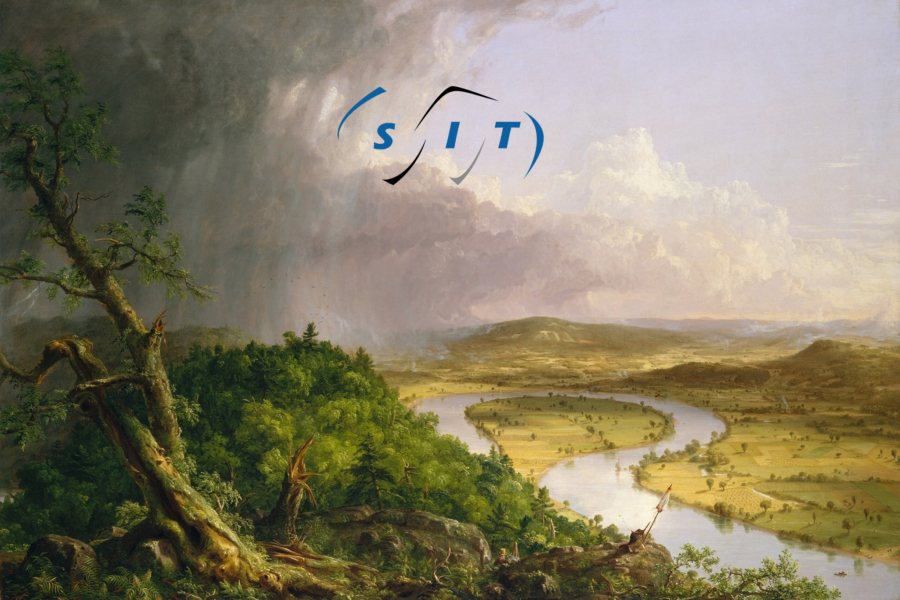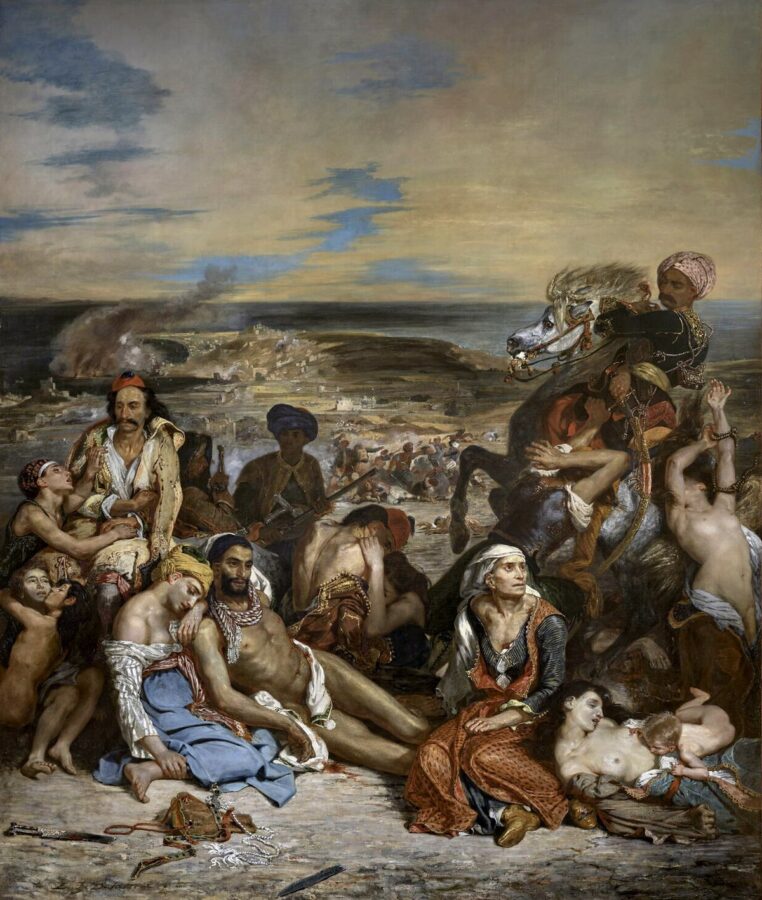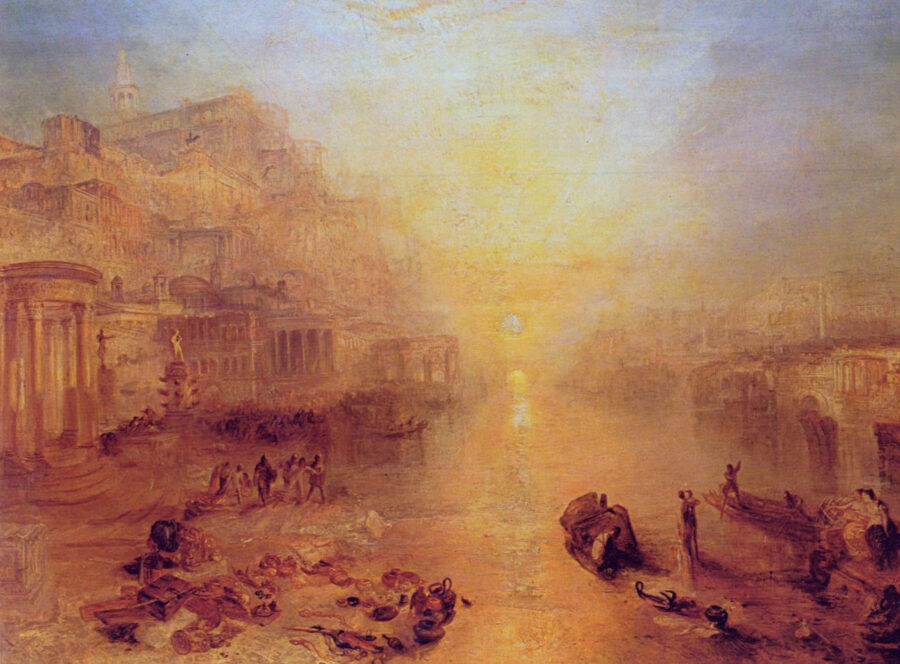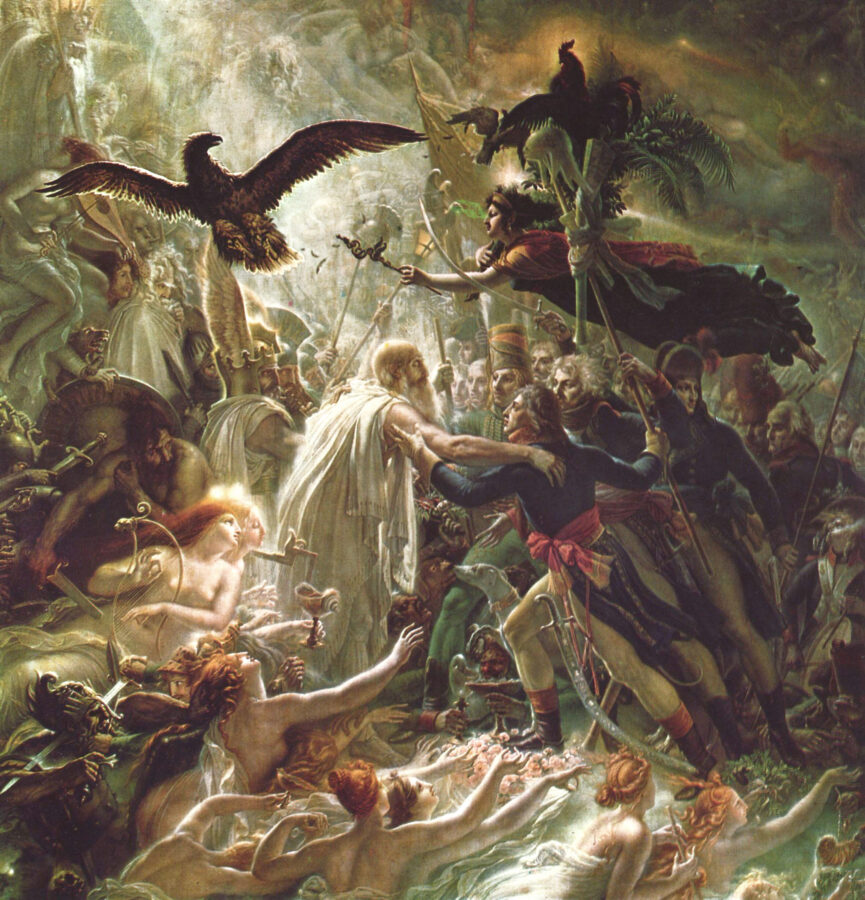
Romanticism was an artistic, literary and intellectual movement that took place in Europe during the 18th and 19th centuries. It emerged as a reaction against the reason and objectivity of the Enlightenment period, and focused on the expression of emotions, imagination and individuality.
In this blog, we will explore the Romanticism movement and its aim to expose the inner self, analysing its main characteristics, leading figures and lasting legacy.
Historical context:
Romanticism emerged at a time of great social, political and cultural change, marked by the Industrial Revolution and the French Revolution.
The Romantics rejected industrialisation and rationality, and advocated a more idealised and subjective view of the world. Some of the key characteristics of Romanticism include:
- The importance of emotions and imagination.
- The valuing of the individual and the subjective.
- Fascination with nature and the sublime.
- The focus on passion and intensity of feeling.
- The exaltation of the ancient, the medieval and the exotic.
- The search for freedom and personal expression.

The Romanticism movement produced a wealth of talented artists, writers and musicians whose works left a lasting mark on history. Some of the most prominent figures include:
William Wordsworth: English poet known for his focus on nature and colloquial language in his works, such as “Lyrical Ballads”.
Johann Wolfgang von Goethe: German writer whose work “Faust” explored themes of ambition, knowledge and the conflict between good and evil.
Lord Byron: English poet famous for his romantic style and works such as “Don Juan” and “Childe Harold’s Pilgrimage”.
Mary Shelley: Author of “Frankenstein”, a Gothic novel that explored the ethical ramifications of science and creation.
Ludwig van Beethoven: German composer whose musical works expressed the emotional intensity and struggle of the individual against adversity.

The legacy of Romanticism
Romanticism left a lasting legacy on Western culture and its influence can be found in a variety of areas, from literature to art, music and philosophical thought. Some aspects of Romanticism’s legacy include:
- The importance of subjectivity and individual expression in art.
- The valuing of emotions and imagination as tools for exploring reality.
- The search for authenticity and personal freedom.
- Inspiration from nature and emotional connection with the natural environment.
- The idea that art can be transformative and challenge established norms.

Conclusion:
The movement of Romanticism, with its goal of exposing the inner self, was an artistic and literary revolution that challenged established conventions and sought genuine expression of emotion and individuality.
Through their appreciation of passion, intimacy and emotional connection with nature, the Romantics left a lasting legacy on Western art and culture.
It teaches us the importance of exploring our own subjectivity and expressing our deepest emotions through art. It reminds us of the beauty and transformative power of imagination and creative freedom.
Ultimately, Romanticism reminds us that art is a reflection of our inner existence and a powerful tool for exploring and understanding the world around us.